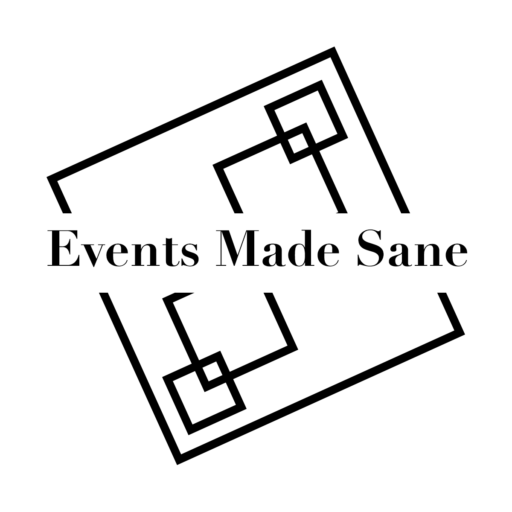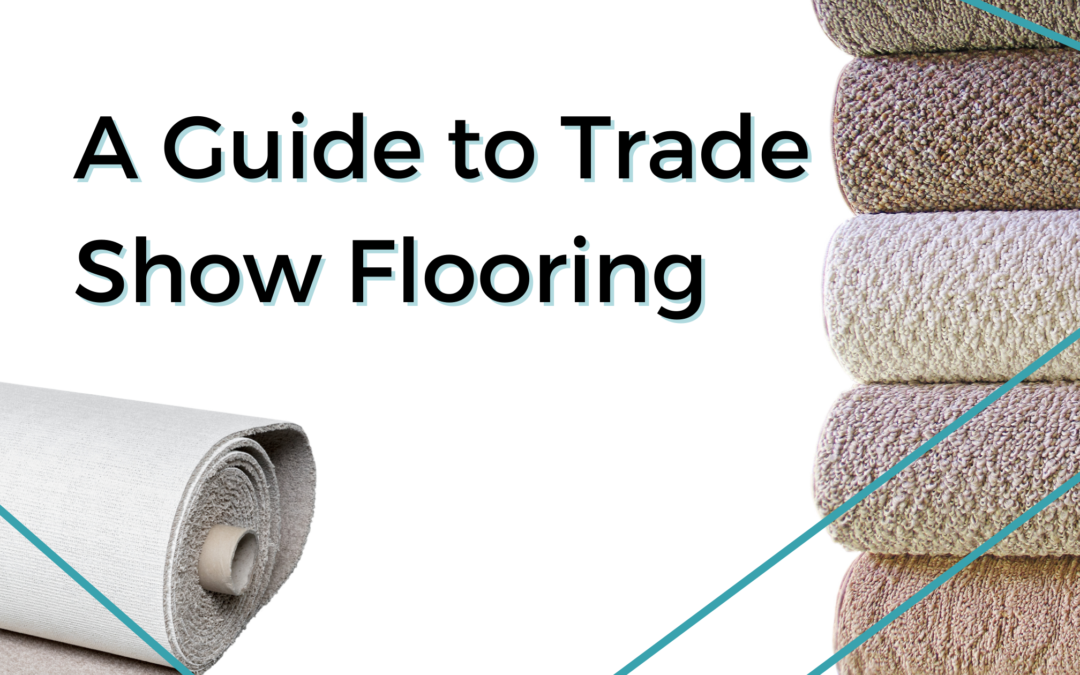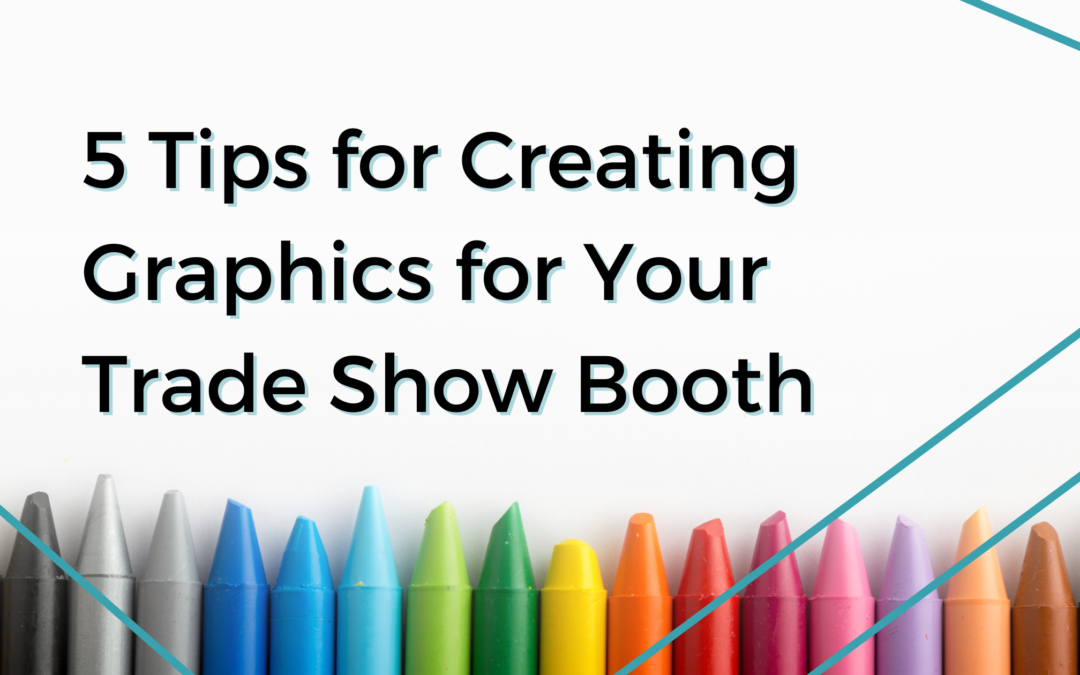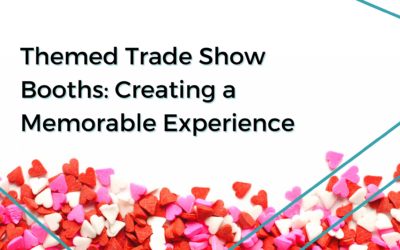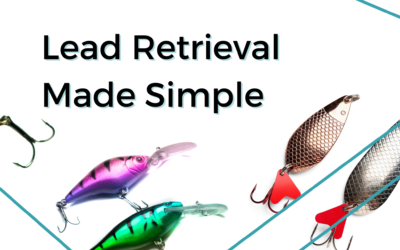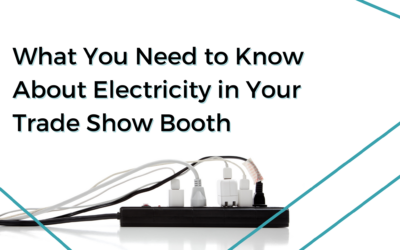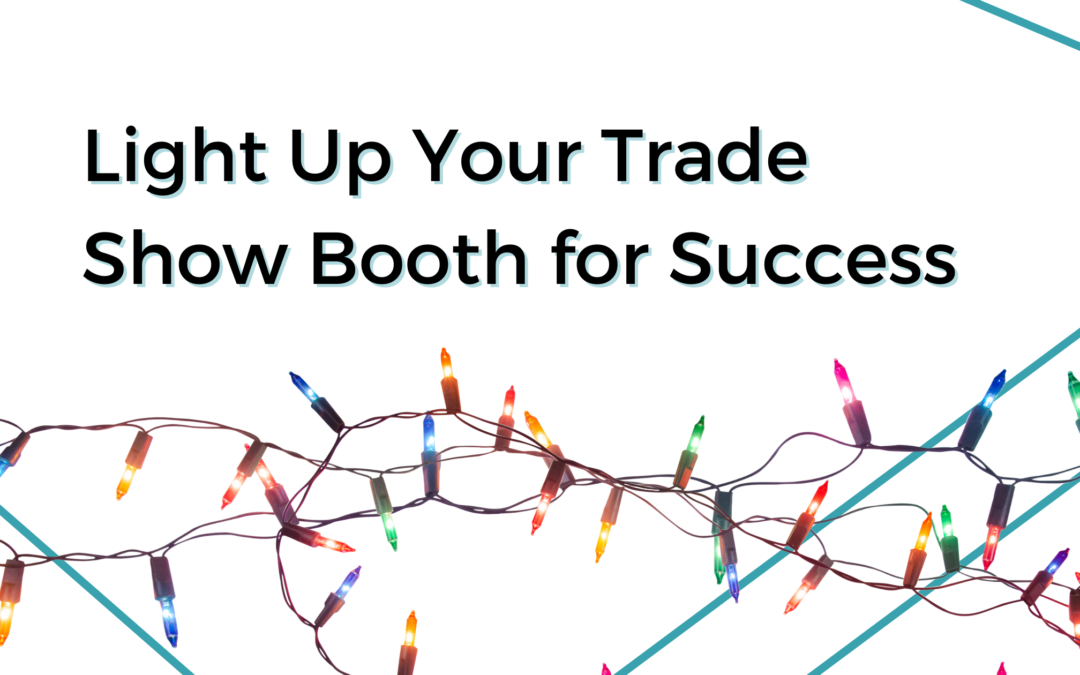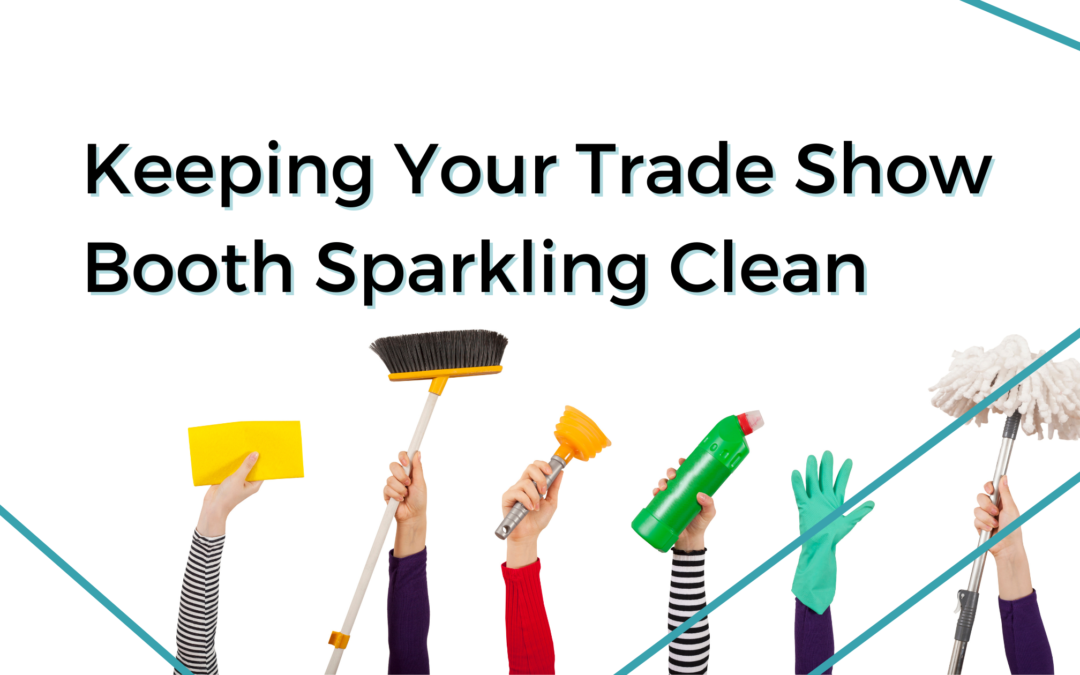Amid the sea of generic trade show booths, one strategy consistently captures attention and creates lasting impressions: the themed booth. When executed well, a themed booth transforms a simple display into an immersive experience that stays with attendees long after the event has ended. Here’s how themed booths can create a memorable experience around a central concept, and why they are worth considering for your next event.
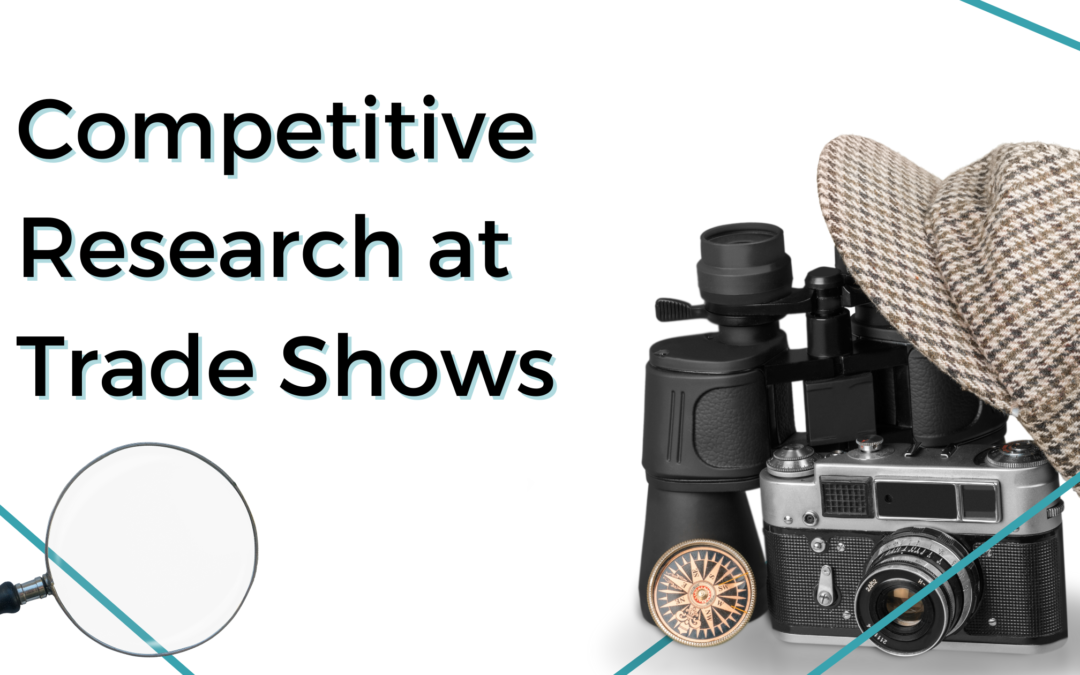
Competitive Research at Trade Shows
Trade shows are powerful platforms for businesses to showcase their products and services while connecting with industry professionals but trade shows offer more than just networking opportunities. They present the perfect chance to conduct competitive research and gain valuable insights about competitors, trends, and customer behavior. Here are 3 easy things you can do to gain knowledge on your competition.
Find out Who Is Your Competition
This seems easy but can take some research. Before attending a trade show, you need to identify your main competitors. Look at those within your industry but also make note of the companies that are adjacent to your business and industry. (If you are a painter, look at general contractors. If you are a hairstylist, look at any wig shops.) This information will help you in gathering targeted insights and understanding your competitors’ strengths and weaknesses. Knowing who to pay attention to will streamline your research process and help you make the most of your time at the trade show. (See the other 3 Place to Find at a Trade Show)
Observing Booth Design
Trade show booths are carefully designed to grab attention and showcase products effectively. Pay close attention to your competitors’ booth design and layout. What size booth do they have? Where are they located? Are they partnered with anyone? Take a look at their visuals, product demos, and engagement techniques. What is drawing attention? Who do they have manning the booth? What can you potentially take and use for yourself? These observations will provide insights into their marketing tactics, customer engagement methods, and overall brand image. You can take discrete pictures but be respectful. I find taking pictures before the show floor opens is often the easiest thing to do.
Conversations with Competitors
This is a tricky one. There are a few different tactics on how to do this but I always encourage the full disclosure method. Go in, letting them know who you are and who you are with. Asking them how the show is going for them and offering your own insights on how it is going for your company. Be polite, take nothing that is not offered, and do not take up too much of their time.
I will offer a few stories on what not to do.
- I have worked for a manufacturer and we have found another company selling our product – down to the patent number on the product. While there were some international laws to consider, we did tell the show organizers and that company was asked to leave the show floor.
- A different manufacturer has samples of their product out and I watch competitors (fully branded) walk into the booth, snub the sales team, grab the samples, and walk out with an entitled attitude and a smirk.
- While helping a wedding photographer, watched a competitor walk in, grab a pricing sheet and take a picture of the names and emails the booth owner had been collecting as leads. (We also informed the show management and they were forced to delete the image and fined.)
Approaching competitors with genuine curiosity can yield insights into their product features, target markets, and future plans. Remember to reciprocate with general industry information, ensuring a fair exchange of knowledge.you also never know when an opportunity for collaboration may happen.
Trade shows offer a golden opportunity for competitive research. By identifying key competitors, observing booth presentations, engaging in conversations, and attending competitor presentations, you can gather vital insights and gain a competitive edge in your industry.
Competitive research at trade shows should be approached strategically and ethically. Remember to respect your competitors’ intellectual property and be polite when gathering information. By leveraging the power of trade shows, you can acquire valuable knowledge about your competition, refine your business strategies, and position yourself for success in a dynamic marketplace.
